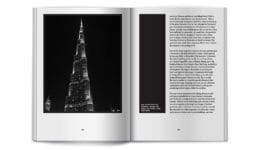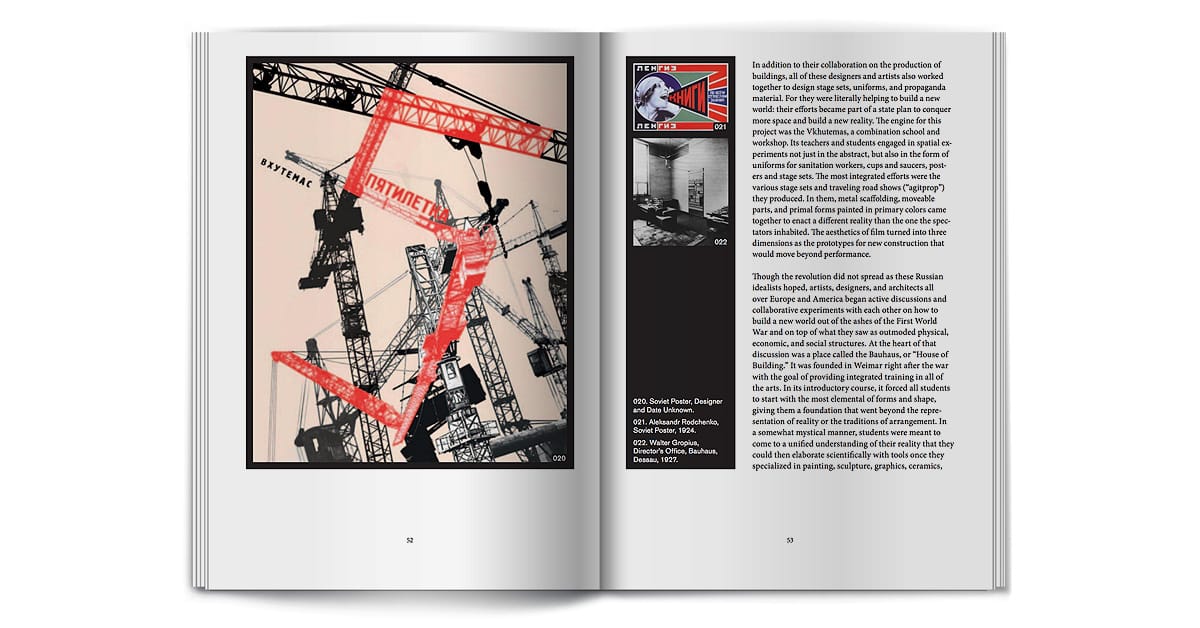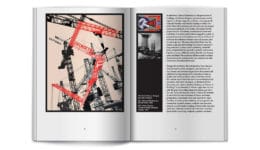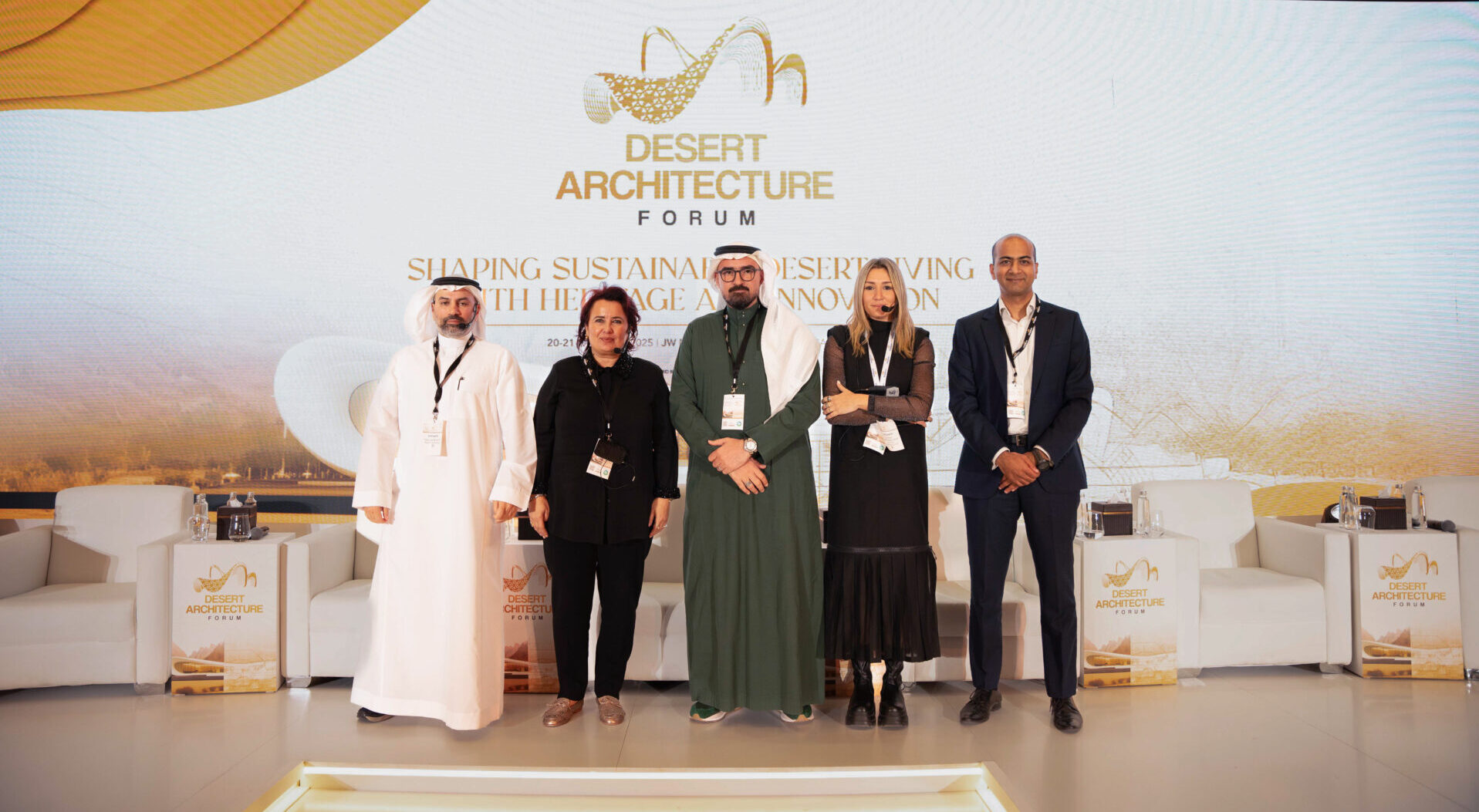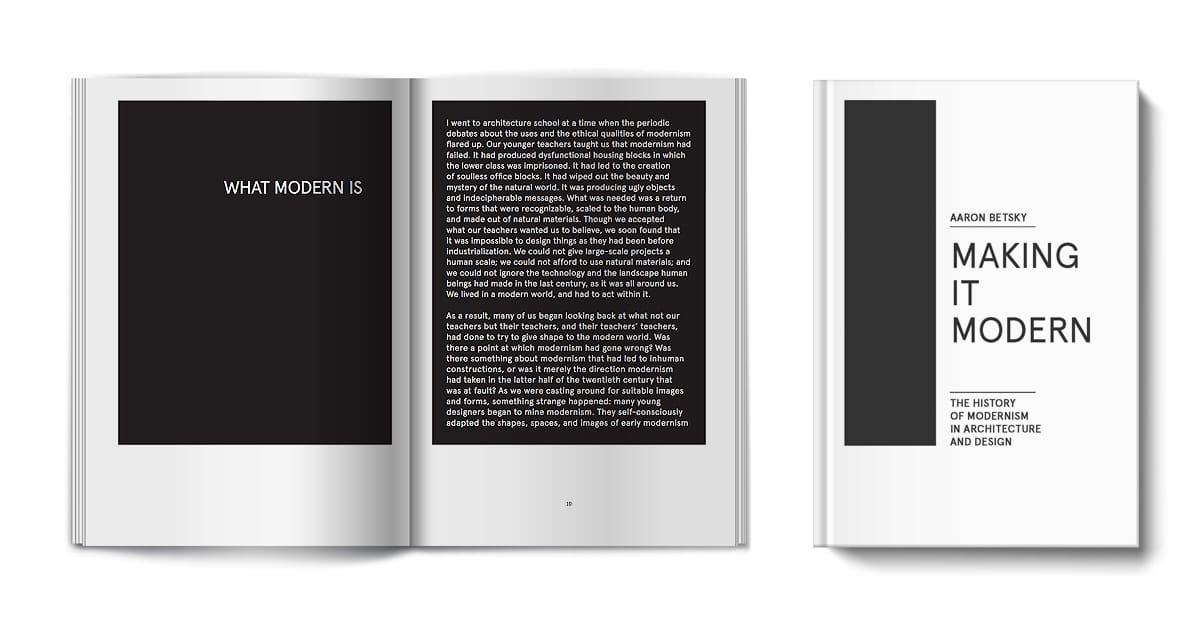 “Making It Modern” explores modernism’s promise of creating a better world through design.
“Making It Modern” explores modernism’s promise of creating a better world through design.
.
The story of modern architecture and design has been told and re-told, but the story continues to unfold, changing our perspective on the past. Fresh questions arise as we contemplate how architects and engineers responded to the burst of ideas, technology, and social and economic forces that followed in the wake of the industrial revolution.
Beyond just a sequence of famous projects and people, the history of modern architecture involves fascinating debates about the relationship between the individual and society, between technology and the body, and between nature and cities. These are some of the themes addressed in Making It Modern: The History of Modernism in Architecture and Design, a new book by the American historian and curator Aaron Betsky. The author, who is currently dean of the School of Architecture at Taliesin, says the book came out of a lifelong quest “to figure out what modernism is and whether it is still viable or meaningful” for the contemporary world. (Spoiler alert: Betsky still believes in modernism’s promise of a better world, but with a more heterogeneous approach incorporating layers of history and difference.)
A core point of Betsky’s argument concerns the opening up of modern “space,” as distinct from the older idea of place. Space was invisible and abstract, yet crucial to the identity of the modern human being and to the new economies of exchange, communication, and mobility that transformed the world in the image of the rising middle class. The empty space at the heart of modernity took visible form in the voids opened inside modernizing cities of the 19th century, as in Vienna’s Ringstrasse and the wide boulevards of Paris. At the same time, the arrival of the machine into daily life brought both beauty and terror, leading architects, artists, and designers to respond with new techniques of representation as well as physical construction. The notion of total control through planning formed one pole of the design spectrum, while at the other pole lay the more provisional approach of collage.
Betsky carries his discussion up to the present day, suggesting that architecture may be in peril of disappearing as it merges with technology and commercial imperatives, but offering hope for its continued vitality through the representation of each project’s specific place and time.
Aaron Betsky, Making It Modern: The History of Modernism in Architecture and Design. Actar, 2016.
https://www.amazon.com/Making-Modern-History-Modernism-Architecture-ebook/dp/B01N356IIS/







